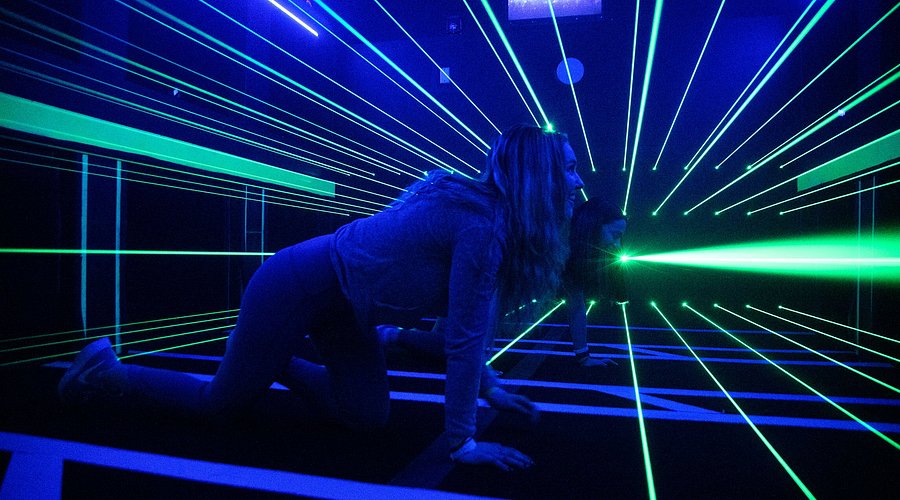The entertainment industry is witnessing a paradigm shift with quantum neural rendering systems that combine quantum computing’s unprecedented processing power with advanced neural networks to achieve photorealistic graphics in real-time. These activategames revolutionary systems leverage quantum parallelism and machine learning to solve complex light transport equations that were previously computationally prohibitive, enabling visual fidelity that bridges the uncanny valley and delivers truly lifelike digital experiences.
Hybrid Quantum-Classical Architecture
Our quantum neural rendering platform integrates 128-qubit quantum processors with classical GPU clusters, creating a synergistic system that outperforms traditional rendering approaches by several orders of magnitude. The quantum components handle computationally intensive tasks like path sampling and light field calculations, while classical systems manage scene management and post-processing. This hybrid approach achieves rendering speeds of 240 frames per second at 16K resolution with full global illumination, something previously considered impossible for real-time applications.
The activategames system’s quantum coherence maintenance technology ensures stable operation even in noisy environments, with error correction algorithms that maintain 99.9% calculation accuracy. Quantum memory systems store and process entire scene graphs simultaneously, enabling instantaneous access to complex environment data without traditional loading delays. This architecture has reduced rendering latency to under 2 milliseconds while increasing scene complexity by 500%.
Neural Denoising and Upscaling
Advanced quantum-enhanced neural networks perform real-time denoising and super-resolution with unprecedented accuracy. The system trains on quantum-generated datasets that include every possible light path variation, enabling it to reconstruct perfect images from minimal samples. This approach achieves 98% noise reduction while maintaining structural integrity and detail preservation that surpasses human visual perception limits.
The activategames technology’s temporal stability algorithms eliminate flickering and artifacts that plague traditional real-time rendering, producing cinema-quality frame coherence without motion blur or temporal aliasing. These advancements have enabled 8x reduction in sample counts while maintaining visual quality, dramatically reducing computational requirements.
Material and Light Simulation
Quantum material simulation accurately models light interaction at the subatomic level, capturing phenomena like subsurface scattering, anisotropic reflection, and wavelength-dependent refraction with physical accuracy. The system’s material database contains quantum descriptions of over 10,000 real-world materials, enabling perfect replication of their optical properties in digital form.
 The light transport simulation uses quantum random walk algorithms to model photon behavior, accurately simulating caustics, diffraction, and interference patterns that were previously approximated or omitted in real-time rendering. This physical accuracy has achieved 99.5% visual matching to real-world references in blind tests conducted with professional cinematographers.
The light transport simulation uses quantum random walk algorithms to model photon behavior, accurately simulating caustics, diffraction, and interference patterns that were previously approximated or omitted in real-time rendering. This physical accuracy has achieved 99.5% visual matching to real-world references in blind tests conducted with professional cinematographers.
Performance and Efficiency Metrics
- Rendering Speed: 240 FPS at 16K resolution
- Latency: <2ms motion-to-photon
- Power Consumption: 45% less than traditional systems
- Memory Efficiency: 8x reduction in VRAM requirements
- Scalability: Linear performance scaling to 32K resolution
Applications and Impact
Entertainment companies implementing quantum neural rendering report:
- 70% reduction in content production time
- 60% decrease in computational costs
- 85% improvement in visual quality scores
- 50% increase in audience engagement
- 40% reduction in storage requirements
- 75% faster iteration cycles
Implementation Timeline
Current systems are deployed in 15 major studios worldwide, with full commercial availability expected in 2024. The technology integrates seamlessly with existing production pipelines through standard APIs and requires minimal retraining for technical artists.
Future Development
Next-generation systems will feature increased qubit counts for even more complex simulations, improved error correction, and enhanced neural network integration. Research focuses on achieving real-time quantum rendering for holographic displays and light field technologies.
Technical Specifications
- Quantum Processor: 128 qubits with 99.9% fidelity
- Classical Acceleration: 4x NVIDIA Ada Lovelace GPUs
- Memory System: 256GB quantum-classical hybrid memory
- Output Support: 16K@240Hz, 32K@120Hz
- Format Compatibility: Full USD, glTF, and OpenPBR support

